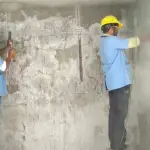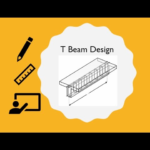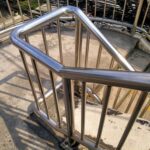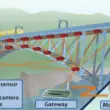Hey everyone, I hope you’re having a great day! Today’s video is going to be an informative one about the different types of supports you’ll encounter in structural engineering. We’ll be going into detail about what these supports are and how they function.
Let’s dive right in!
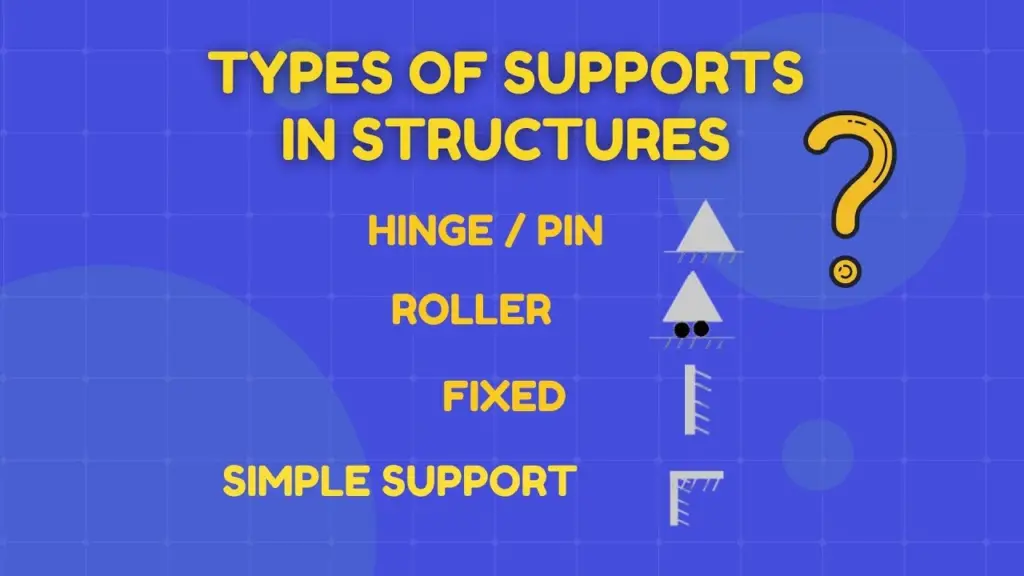
What are Supports?
In my work as a structural engineer, supports are critical components. They provide stability and strength by transferring loads from one structural member to the ground. Understanding the different types of supports and their distinctions is essential.
You might have come across terms like fixed support, roller support, simple support, or hinge support. But what exactly do these terms mean? These supports all limit the movement of structural members to prevent lateral or vertical movement or deflection. They are the reason why structures can withstand forces and safely transfer them. Supports also play a role in providing the necessary stiffness in a structural member. The type of support and member will determine the direction in which these supports provide restraints.
Also Read: Parts of a Bridge Structure – Concrete Span Bridge
Types of Supports
Now, let’s explore the different types of supports:
Roller Support
Roller supports can only resist vertical forces and allow for lateral movement along the surface. Imagine a load on roller skates; the weight stays in place if there’s no horizontal force applied. But if you push it sideways, it will start moving.
Roller supports are beneficial in bridge construction, typically placed at the end of bridge spans in the form of bearing pads.
They are also used in frame cranes to allow for horizontal movement. However, a downside to roller supports is that they cannot resist horizontal forces, and other types of supports are needed in a structure to resist these forces.
Like Us on Facebook!
Hinge Support (Pin Support)
Pin supports are widely used in civil engineering. A pinned support restricts both vertical and horizontal movement but allows for rotation in one direction. A good example is a human knee; it allows you to turn one way but resists movement sideways.
Subscribe Us on YouTube!
While ideal pin supports are rare in practice, simply supported beams are generally considered pinned. The conditions in which the support is pinned affect how moments are distributed in the beam. Pinned supports are also used in trusses and three-hinged arched bridges.
A benefit of pinned supports is that they make it easy to connect multiple members together. The connection creates an axial force, and since the supports don’t resist moments, the design is limited to the axial force. The only limitation of pin supports is that a single pin support cannot fully restrain a structure; you’ll need at least two pin supports for restraint.
Fixed Support
As the name suggests, fixed supports are the most rigid type of support, restricting structural members from any movement. The structural member cannot rotate or translate in any direction. A perfect example of a fixed support is a flagpole with a concrete base.
The pole cannot move or rotate in any direction. Generally, for a structure to be stable, it should have at least one fixed support. This support offers superior structural stability compared to any other kind of support. Fixed supports are ideal in situations where you can only use one support, such as cantilever beams.
They ensure a structure is adequately constrained and stable. However, sometimes the biggest advantage can also be the biggest disadvantage.
A structure might need some flexibility, but fixed supports don’t allow for it. As concrete gains strength, it also expands, and an improperly designed support can reduce the durability of the structural members due to increased stresses.
Simple Supports
Simple supports occur when structural members rest on other members. They are similar to roller supports in that they can resist vertical forces but not horizontal forces.
A great example of a simple support is a plank of wood resting on two blocks of stone. The plank can support the vertical load but cannot resist the corresponding horizontal forces. If you apply a shearing force, the plank will support it, but a horizontal force will cause the plank to slide off the support.
Simple supports are rarely used in engineering because they pose a considerable safety risk. Engineers do, however, sometimes use these supports in areas that experience frequent seismic activity.


